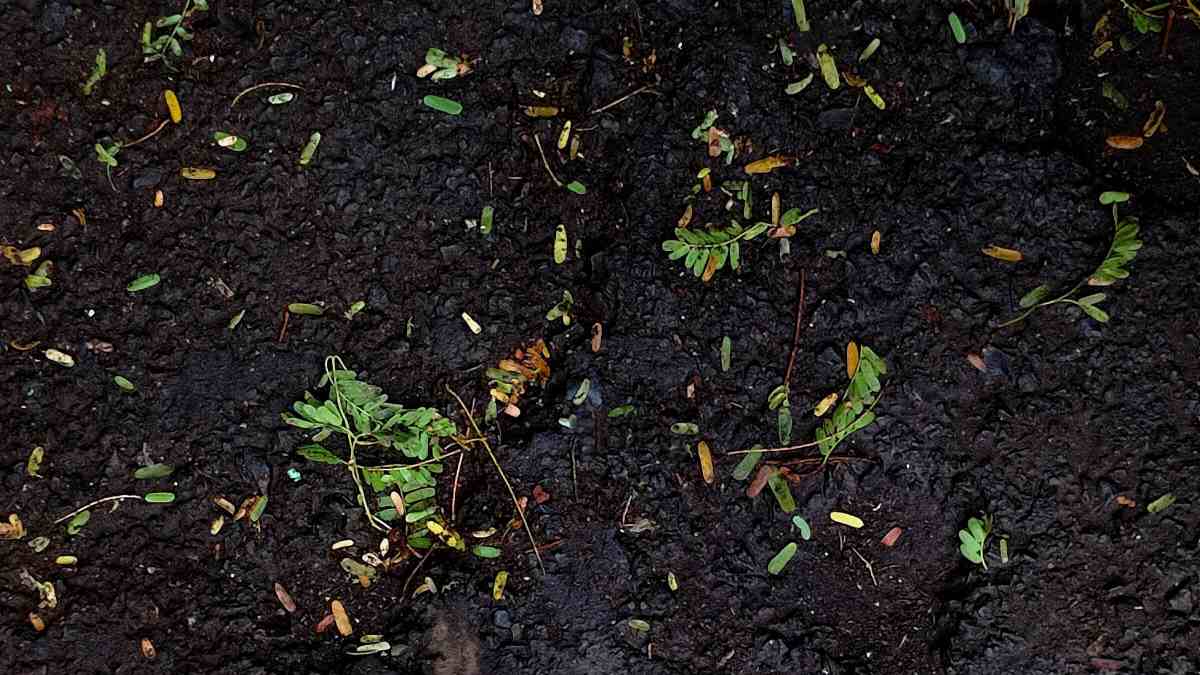Microphones stuck in soil can be a good measure of health, according to Australian and Chinese ecologists.
The team, which has published a study in the Journal of Applied Ecology, has found that soundscapes recorded from soil differ depending on its level of restoration.
“It’s a bit of a rudimentary analogy, but we liken it to going to your GP – when they put a stethoscope on your chest to look at your heartbeat and lungs,” lead author Dr Jake Robinson, a microbial ecologist at Flinders University, tells Cosmos.
“We’re just doing a health assessment of the soil, but instead of heartbeat, it’s the invertebrates in the soil that are making different sounds that we can detect. This helps us diagnose how healthy the soil is.”
It’s a form of eco-acoustics: using sound recordings to judge which creatures are moving through an area.
So what do soils sound like?
“It’s basically clicks and crackles and pops, and little clicky sounds that these contact microphones can pick up,” says Robinson.
“It’s a reflection of all the little worms and the beetles and the ants and spiders, et cetera, moving around in the soil.”
Robinson has been trialling soil ecoacoustics in a few different locations, including agricultural sites in the UK and restoration sites in South Australia.
In this study, the researchers used contact microphones, attached to simple recording devices, as well as sound attenuation chambers, in soil plots at Mount Bold in the Adelaide Hills.
These plots were at varying levels of degradation: 2 had recently been cleared, 2 had been cleared and revegetated 15 years ago, and 2 were remnant vegetation.
“Both the revegetated and reference state sites had a much more diverse soundscape than the degraded soil, and that corroborates our studies in the UK as well,” says Robinson.
They further corroborated these results by searching manually through soil samples in each plot and counting the invertebrates.
This technique could be used to figure out whether soil restoration processes are working, or if there are things that can be improved – both in agricultural and revegetation plots.
The researchers are also trialling playing sounds to soil, with early evidence suggesting it helps to encourage better microbe growth.
They’re also using detection plates to help identify which invertebrates are present from their sounds.
“Our pilot studies have shown that we can detect the difference between things like millipedes versus ants, worms, and snails,” says Robinson.
“You can compare, for instance, a millipede with its 1,000 legs tapping on the soil versus the slimy, glidy motion of a snail. We’ve shown that there are distinct acoustic signatures depending on these characteristics.”











/https://tf-cmsv2-smithsonianmag-media.s3.amazonaws.com/filer_public/34/31/3431771d-41e2-4f97-aed2-c5f1df5295da/gettyimages-1441066266_web.jpg)








Discussion about this post